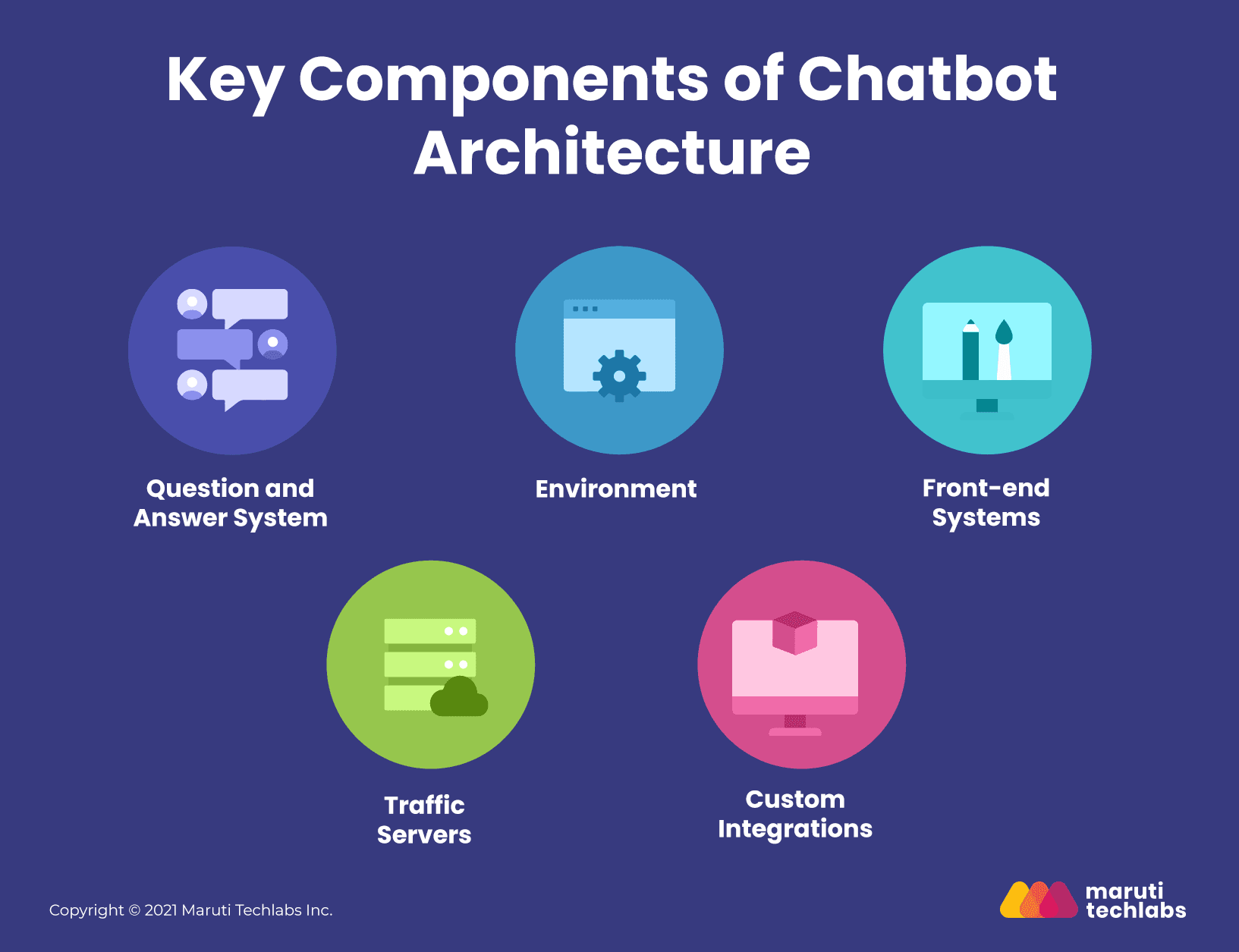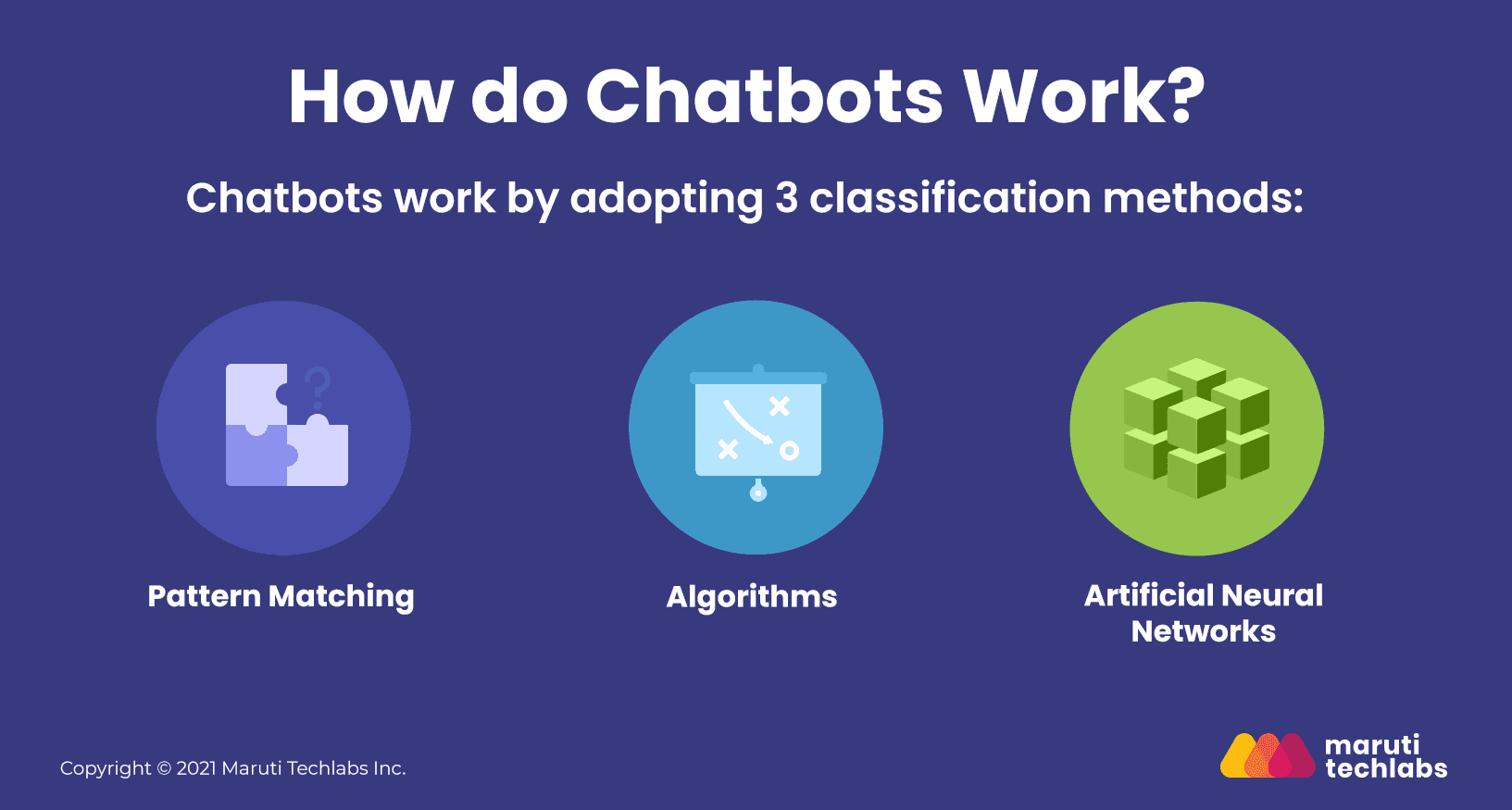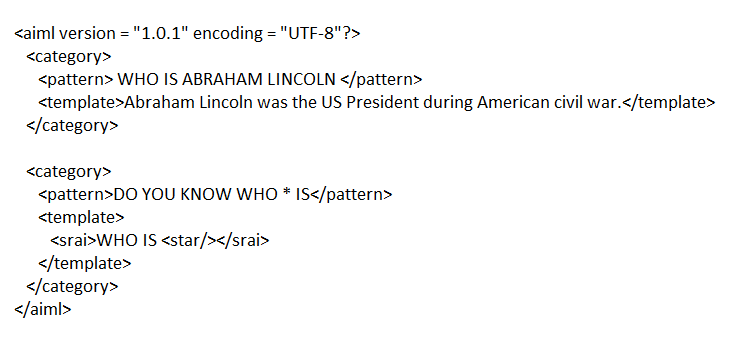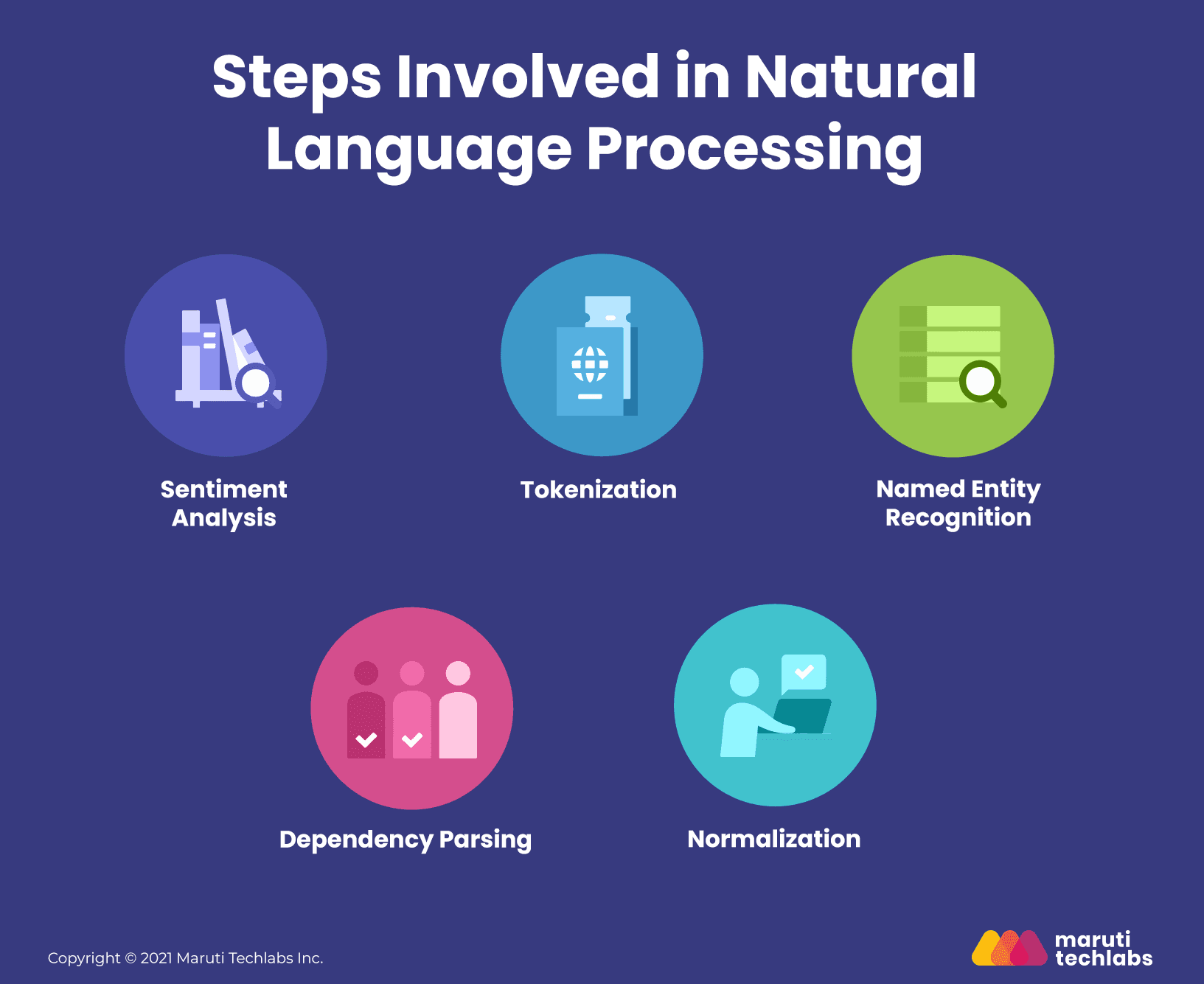

How do Chatbots Work? A Guide to Chatbot Architecture






We’d all agree that chatbots have been around for some time now. The initial apprehension that people had towards the usability of chatbots has faded away. Chatbots have become more of a necessity now for companies big and small to scale their customer support and automate lead generation.
Hey there! This blog is almost about 2300+ words long and may take ~9 mins to go through the whole thing. We understand that you might not have that much time.
This is precisely why we made a short video on the topic. It is less than 2 mins, and summarizes How do Chatbots work? We hope this helps you learn more and save your time. Cheers!
According to a Facebook survey, more than 50% of consumers choose to buy from a company they can contact via chat. Chatbots are rapidly gaining popularity with both brands and consumers due to their ease of use and reduced wait times.
Intelligent chatbots are already able to understand users’ questions from a given context and react appropriately. Combining immediate response and round-the-clock connectivity makes them an enticing way for brands to connect with their customers.
A chatbot can be defined as a developed program capable of having a discussion/conversation with a human. Any user might, for example, ask the bot a question or make a statement, and the bot would answer or perform an action as necessary. A chatbot communicates similarly to instant messaging.
A chatbot is software that simulates human conversations. It enables the communication between a human and a machine, which can take the form of messages or voice commands. A chatbot is designed to work without the assistance of a human operator. AI chatbot responds to questions posed to it in natural language as if it were a real person. It responds using a combination of pre-programmed scripts and machine learning algorithms.
When asked a question, the chatbot will answer using the knowledge database that is currently available to it. If the conversation introduces a concept it isn’t programmed to understand; it will pass it to a human operator. It will learn from that interaction as well as future interactions in either case. As a result, the scope and importance of the chatbot will gradually expand.
Bots are made for a specific reason. A store would most likely want chatbot services that assists you in placing an order, while a telecom company will want to create a bot that can address customer service questions.
There are two categories of chatbots: one that works by following a series of rules, and another that uses artificial intelligence.
A rule-based bot can only comprehend a limited range of choices that it has been programmed with. Predefined rules define the course of the bot’s conversation. Rule-based chatbots are easier to build as they use a simple true-false algorithm to understand user queries and provide relevant answers.
This bot is equipped with an artificial brain, also known as artificial intelligence. It is trained using machine-learning algorithms and can understand open-ended queries. Not only does it comprehend orders, but it also understands the language. As the bot learns from the interactions it has with users, it continues to improve. The AI chatbot identifies the language, context, and intent, which then reacts accordingly.
Chatbot architecture is the spine of the chatbot. The type of architecture for your chatbot depends on various factors like use-case, domain, chatbot type, etc. However, the basic conversation flow remains the same. Let us learn more about the critical components of chatbot architecture:

As the name suggests, the Q&A system is responsible for answering customers’ frequently asked questions. The question is interpreted by the Q&A system, which then replies with appropriate responses from the knowledge base. It consists of the following elements:
The environment is mainly responsible for contextualizing users’ messages using natural language processing (NLP).
The NLP Engine is the central component of the chatbot architecture. It interprets what users are saying at any given time and turns it into organized inputs that the system can process. The NLP engine uses advanced machine learning algorithms to determine the user’s intent and then match it to the bot’s supported intents list.
NLP Engine has two components:
An NLP engine can also be extended to include feedback mechanism and policy learning for better overall learning of the NLP engine.
Front-end systems are the ones where users interact with the chatbot. These are client-facing systems such as – Facebook Messenger, WhatsApp Business, Slack, Google Hangouts, your website or mobile app, etc.
It is the server that deals with user traffic requests and routes them to the proper components. The response from internal components is often routed via the traffic server to the front-end systems.
With custom integrations, your chatbot can be integrated with your existing backend systems like CRM, database, payment apps, calendar, and many such tools, to enhance the capabilities of your chatbot.
Chatbots understand human language by leveraging technologies such as artificial intelligence(AI) and natural language processing (NLP). They are created by feeding a set of predefined keywords and phrases. Therefore, when a user gives input, it tries to compare it with these keywords, learn its intent, and generate a relevant response.
There are three classification models that chatbots adopt to work:

Bots use pattern matching to classify the text and produce a suitable response for the customers. A standard structure of these patterns is “Artificial Intelligence Markup Language” (AIML).
A simple pattern matching example:

The machine then gives and output:
Human: Do you know who Abraham Lincoln is?
Robot: Abraham Lincoln was the US President during the American civil war.
Chatbot knows the answer only because his or her name is in the associated pattern. Similarly, chatbots respond to anything relating it to the associated patterns. But it can not go beyond the related pattern. Algorithms can help for an advanced level of working.
A unique pattern must be available in the database to provide a suitable response for each kind of question. A hierarchy is created with lots of combinations of patterns. Algorithms are used to reduce the number of classifiers and create a more manageable structure.
Computer scientists call it a “Reductionist” approach- to give a simplified solution; it reduces the problem.
Multinational Naive Bayes is the best example of the algorithm for NLP and text classification. For instance, let’s look at the set of sentences that belong to a particular class. With new input sentences, each word is counted for its occurrence and is accounted for its commonality. Then, each class is assigned a score. The highest scored class is the most likely to be associated with the input sentence.
Example of Sample Training Set:
Class: Greetings
“How are you doing?”
“Good morning”
“Hi, there!”
Sample Input Sentence Classification:
Input: “Hello, good morning.”
Term: “Hello” (no matches)
Term: “Good” (class: Greetings)
Term: “morning” (class: Greetings)
Classification: Greetings (score=2)
With the help of an equation, word matches are found for the given sample sentences for each class. The classification score identifies the class with the highest term matches, but it also has some limitations. The score signifies which intent is most likely to the sentence but does not guarantee it is the perfect match. The highest score only provides the relativity base.
Neural Networks are a way of calculating the output from the input using weighted connections, which are computed from repeated iterations while training the data. Each step through the training data amends the weights resulting in the output with accuracy.

As discussed earlier here, each sentence is broken down into individual words, and each word is then used as input for the neural networks. The weighted connections are then calculated by different iterations through the training data thousands of times, each time improving the weights to make it accurate.
The trained data of a neural network is a comparable algorithm with more and less code. When there is a comparably small sample, where the training sentences have 200 different words and 20 classes, that would be a matrix of 200×20. But this matrix size increases by n times more gradually and can cause a massive number of errors. In this kind of scenario, processing speed should be considerably high.
There are multiple variations in neural networks, algorithms as well as patterns matching code. Complexity may also increase in some of the variations. But the fundamental remains the same, and the critical work is that of classification.
NLU helps the chatbot understand the query by breaking it down. It has three specific concepts:
Natural Language Processing (NLP) chatbot takes some steps to convert the customer’s text or speech into structured data to select the related answer. Some of the Natural Language Processing steps are:

Like most applications, the chatbot is also connected to the database. The knowledge base or the database of information is used to feed the chatbot with the information required to give a suitable response to the user.
The information about whether or not your chatbot could match the users’ questions is captured in the data store. NLP helps translate human language into a combination of patterns and text that can be mapped in real-time to find appropriate responses.

Chatbots help companies by automating various functions to a large extent. Through chatbots, acquiring new leads and communicating with existing clients becomes much more manageable. Chatbots can ask qualifying questions to the users and generate a lead score, thereby helping the sales team decide whether a lead is worth chasing or not.
Chatbots can help a great deal in customer support by answering the questions instantly, which decreases customer service costs for the organization. Chatbots can also transfer the complex queries to a human executive through chatbot-to-human handover.
Chatbots can be used to simplify order management and send out notifications. Chatbots are interactive in nature, which facilitates a personalized experience for the customer. You can read more about chatbots in our complete guide on chatbots.
Most companies today have an online presence in the form of a website or social media channels. They must capitalize on this by utilizing custom chatbots to communicate with their target audience easily. Chatbots can now communicate with consumers in the same way humans do, thanks to advances in natural language processing. Businesses save resources, cost, and time by using a chatbot to get more done in less time.
At Maruti Techlabs, our bot development services have helped organizations across industries tap into the power of chatbots by offering customized chatbot solutions to suit their business needs and goals. Get in touch with us by writing to us at hello@marutitech.com, or fill out this form, and our bot development team will get in touch with you to discuss the best way to build your chatbot.


